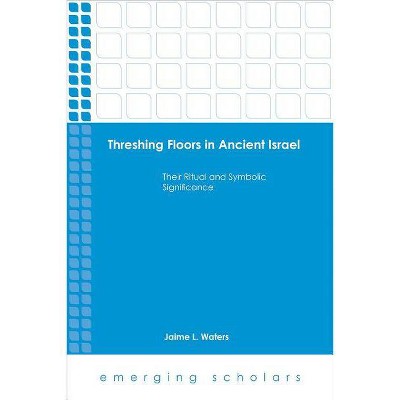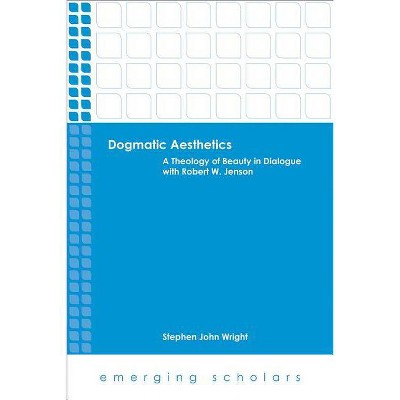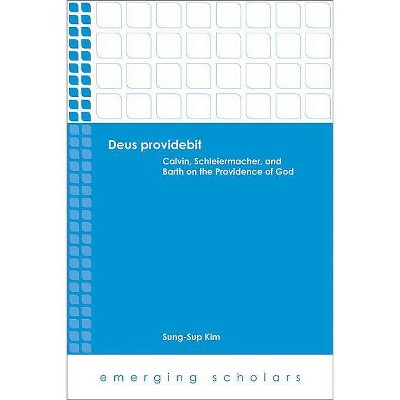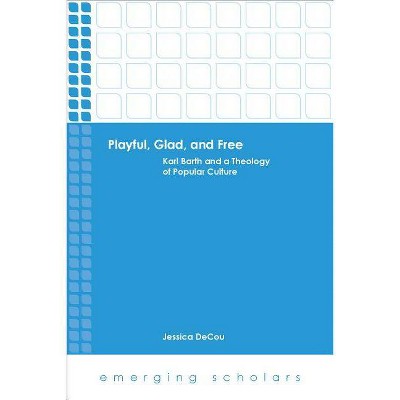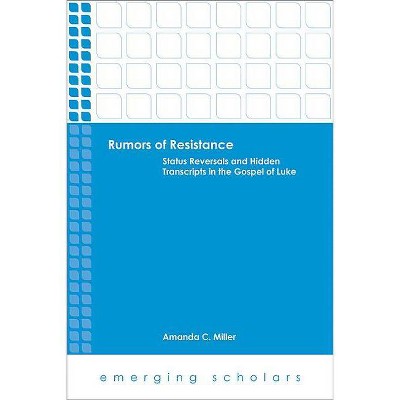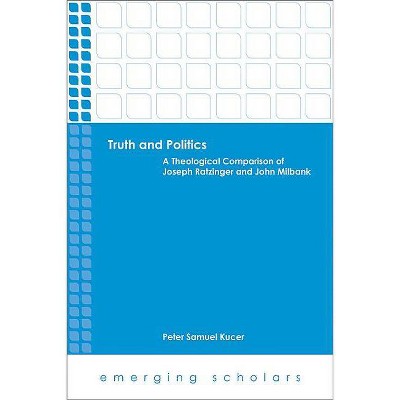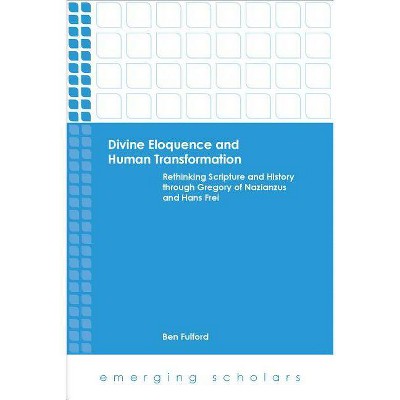Threshing Floors in Ancient Israel - (Emerging Scholars) by Jaime L Waters (Paperback)
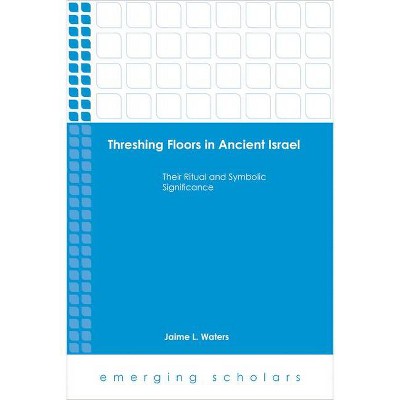
Similar Products
Products of same category from the store
AllProduct info
<p/><br></br><p><b> About the Book </b></p></br></br>Vital to an agrarian communitys survival, threshing floors are also depicted in the Hebrew Bible as sites for mourning rites, divination rituals, cultic processions, and sacrifices. Jaime L. Waters examines these sacred functions and the various personnel active in the use and operation of the sites and shows that they were sacred spaces connected to Yahweh, under his control and subject to his power to bless, curse, and save, providing Israel a special ritual access to Yahw<p/><br></br><p><b> Book Synopsis </b></p></br></br><p>Vital to an agrarian communitys survival, threshing floors are agricultural spaces where crops are threshed and winnowed. But the Hebrew Bible rarely refers to such agricultural activities taking place at such sites. Instead, biblical narratives repeatedly depict threshing floors in ancient Israel as sites for mourning rites, divination rituals, cultic processions, and sacrifices. Kings consult prophets there; even the Solomonic temple was built on a threshing floor.</p><p>Jaime L. Waters shows that these originally agricultural sites were also considered sacred spaces connected to Yahweh, under his control, and subject to his power to bless, curse, and save and that Israel had a special ritual access to Yahweh in these powerfully symbolic sites. Waters also examines the various personnel active in the use and operation of threshing floors in these sacred functions in order to draw a more complete picture of ancient Israelite social life. An addendum discusses relevant material for comparison from Ugarit.</p>
Price History
Price Archive shows prices from various stores, lets you see history and find the cheapest. There is no actual sale on the website. For all support, inquiry and suggestion messages communication@pricearchive.us
